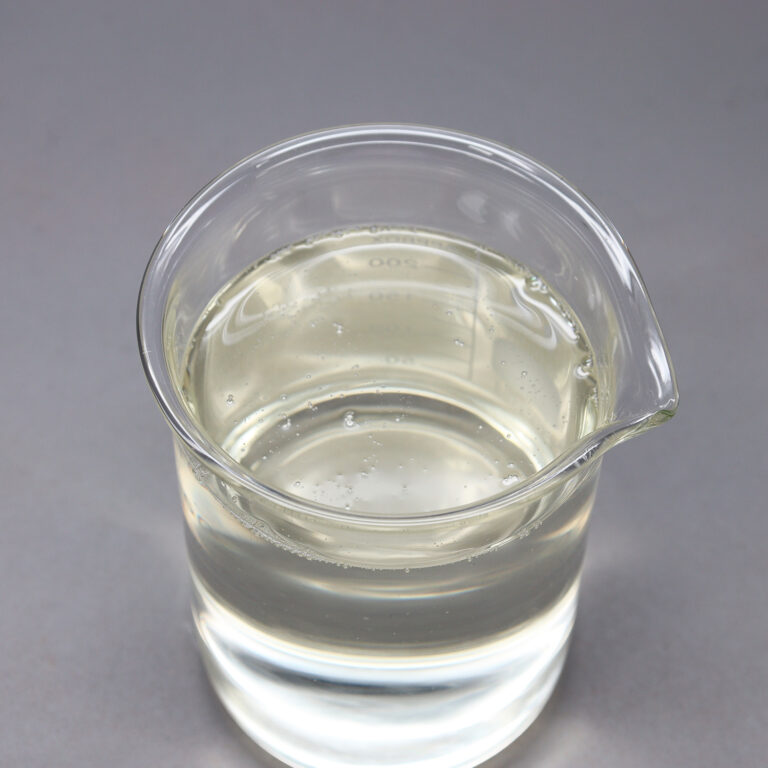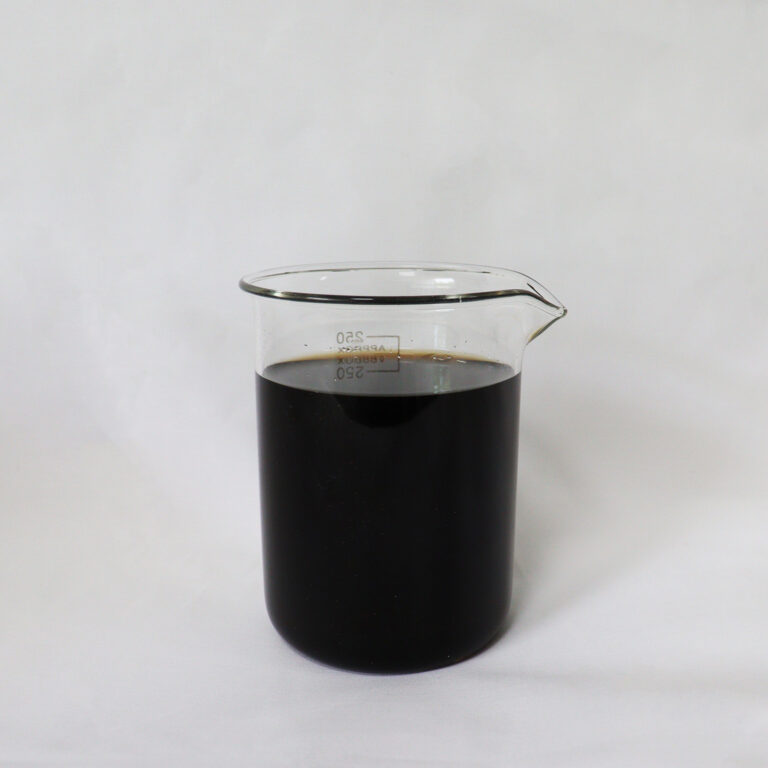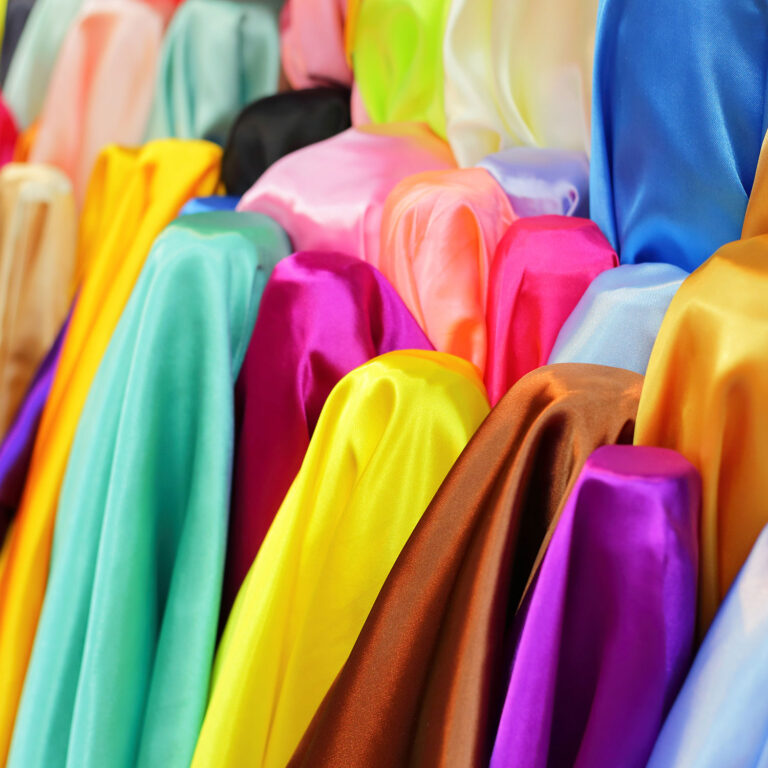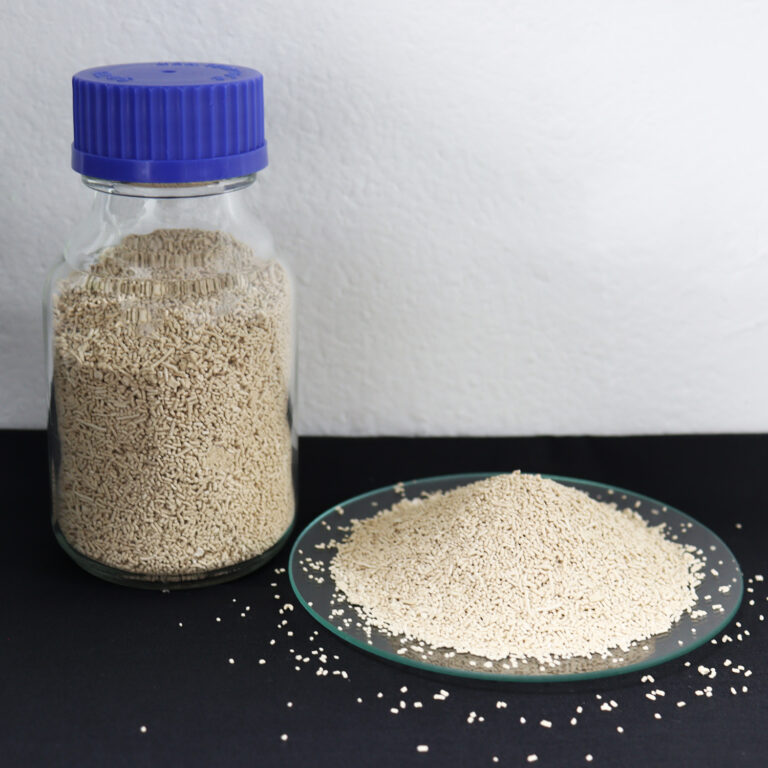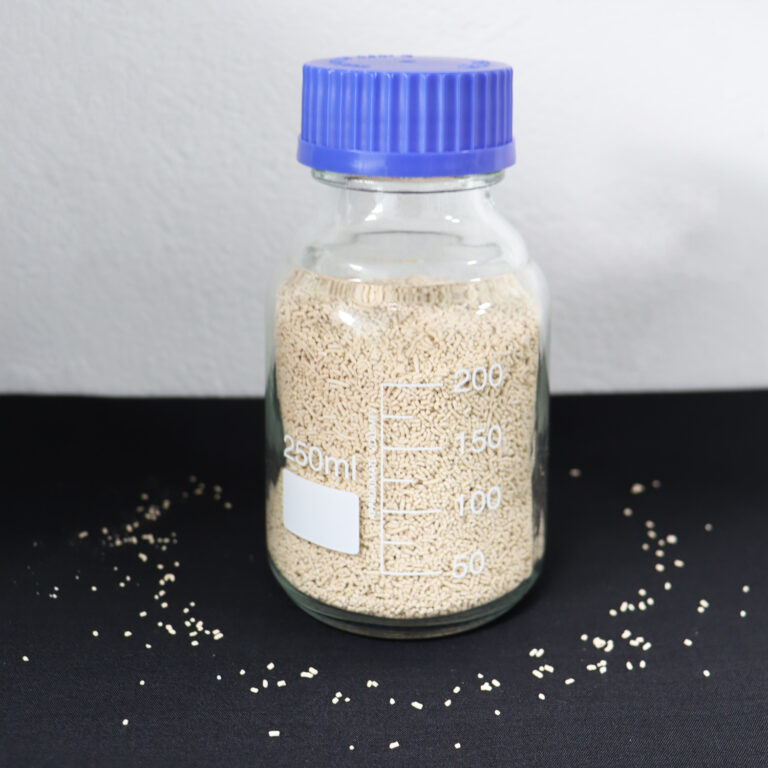Fabric pilling is a common issue that affects both natural and synthetic textiles. These small, unsightly fuzz balls not only make fabrics look worn out but also reduce their lifespan. As the textile industry advances, anti-pilling agents have become essential in maintaining fabric quality, appearance, and durability.
In this article, we will explore how anti-pilling agents work, their benefits, applications across fabrics, and practical tips for both manufacturers and consumers to maximize fabric life.
Understanding Fabric Pilling
Pilling occurs when short fibers loosen from the surface of the fabric and form tangled balls due to friction. It is most commonly seen in areas that undergo regular rubbing, such as sleeves, underarms, seat cushions, and collars.
Common Causes of Pilling:
- Fiber Type and Quality: Fabrics made of short fibers, low-strength synthetics, or fiber blends are more prone to pilling.
- Mechanical Friction: Daily wear, washing, and drying increase surface friction, encouraging fiber tangling.
- Improper Fabric Finishing: Fabrics without protective finishes are more likely to pill during use.
Once pilling occurs, it can be challenging to remove completely, which is why preventive measures like anti-pilling agents are crucial.
How Anti-Pilling Agents Work
Anti-pilling agents are specially formulated chemicals applied during the finishing process of textiles. They serve to protect fibers and reduce pilling through several mechanisms:
- Fiber Binding: Anti-pilling agents coat fibers, holding short or loose fibers in place and preventing them from breaking away.
- Surface Smoothing: By reducing surface friction, fibers glide past each other rather than tangling and forming pills.
- Durability Enhancement: Treated fabrics maintain structural integrity, retain softness, and resist fuzz formation for longer periods.
Types of Anti-Pilling Agents:
- Silicone-Based Agents: Provide a smooth, soft finish and excellent friction reduction.
- Polymer-Based Agents: Form a protective layer over fibers, improving abrasion resistance.
- Resin-Based Agents: Chemically bond to fibers for long-lasting pilling prevention, often used for cotton and blended fabrics.
The choice of anti-pilling agent depends on the fabric type, desired finish, and the intended end-use.
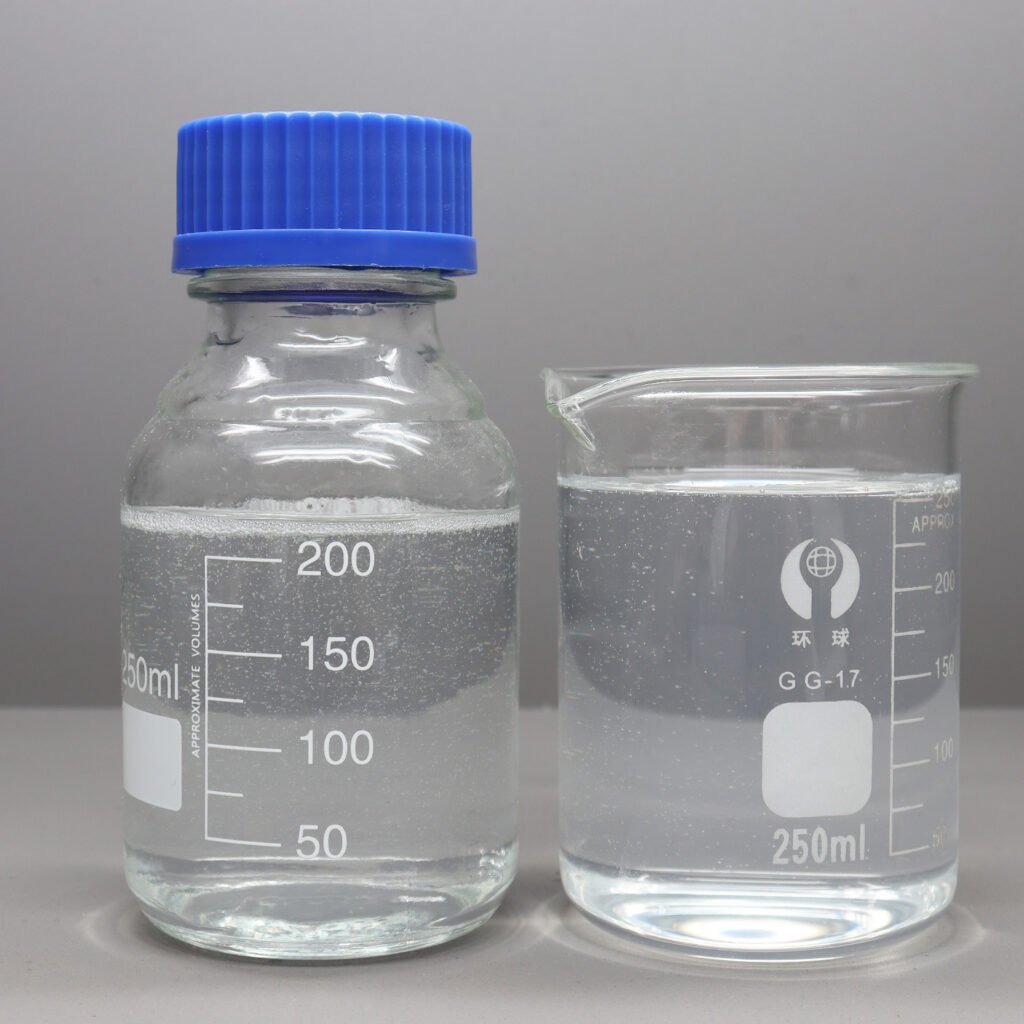

Benefits of Anti-Pilling Agents
Using anti-pilling agents in textile manufacturing or finishing provides multiple advantages:
- Extended Fabric Life: Fabrics resist surface wear and maintain quality over time.
- Enhanced Appearance: Clothing and home textiles look newer for longer.
- Improved Comfort: Smooth surfaces increase wearability and softness.
- Cost Efficiency: Reduced replacement costs due to longer-lasting textiles.
- Versatility: Can be applied to a variety of fabrics including cotton, polyester, blends, and technical textiles.
For manufacturers, this translates into higher customer satisfaction and lower return rates, while consumers benefit from durable, aesthetically pleasing garments.
Applications Across Fabrics
Anti-pilling agents are suitable for many textile types:
- Cotton: Natural fibers are prone to pilling after multiple washes; anti-pilling finishes maintain softness and appearance.
- Polyester: Synthetic fabrics benefit from surface friction reduction to prevent pills during wear.
- Blended Fabrics: Cotton-polyester blends often experience excessive pilling; anti-pilling treatments balance durability and feel.
- Home Textiles: Bedding, upholstery, and curtains benefit from anti-pilling agents to preserve fabric aesthetics and comfort.
The versatility of these agents makes them an essential part of modern textile finishing.
Tips for Maximizing Fabric Life
Even with anti-pilling treatments, proper care ensures fabrics remain in excellent condition:
- Wash fabrics inside out to reduce friction.
- Use mild detergents and avoid bleach or harsh chemicals.
- Select gentle drying methods, avoiding high heat or over-drying.
- Minimize abrasion during wear, especially in high-contact areas.
By combining anti-pilling treatments with correct maintenance, both manufacturers and consumers can enjoy longer-lasting textiles.
Future Trends in Anti-Pilling Technology
The textile industry is moving toward sustainable and eco-friendly solutions. Innovations in anti-pilling agents include:
- Biodegradable and Eco-Friendly Polymers: Reducing environmental impact while maintaining effectiveness.
- Smart Finishes: Agents that respond to wear and adjust surface properties for enhanced durability.
- Combined Functional Treatments: Anti-pilling agents integrated with anti-static, softening, or antibacterial finishes for multifunctional fabrics.
These developments ensure that fabrics remain not only durable but also aligned with sustainability goals.
Conclusion
Anti-pilling agents are more than just a finishing additive—they are a key factor in extending fabric life, improving comfort, and maintaining aesthetic appeal. From cotton garments to synthetic blends, these agents prevent fiber breakage, reduce friction, and ensure that textiles remain smooth, soft, and durable.
For manufacturers and textile professionals seeking high-quality anti-pilling solutions, Meixin Biotech offers expertise and products tailored to your needs. Reach out to connie.huang@meixinbiotech.com for more information and professional guidance.
Functional Auxiliaries Articles
How Antimicrobial Treatments Extend the Life and Performance of Fabrics
The Role of Antimicrobial Finishing Agents in Healthcare and Sportswear
Antibacterial Textile Chemicals: Ensuring Hygiene and Safety in Modern Fabrics
The Benefits of Wrinkle-Free Fabric Softeners for Everyday Textiles
How Wrinkle-Free Fabric Softeners Work: Chemistry Behind the Comfort
Anti-Pilling Treatments: Key Chemicals and Their Applications in Textiles
The Science Behind Anti-Pilling Agents: Keeping Clothes Smooth and New


